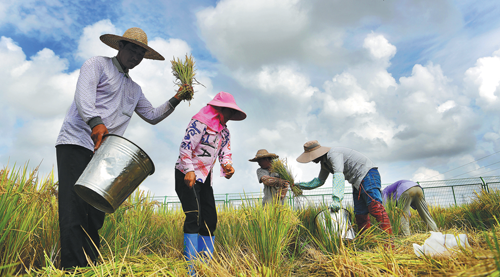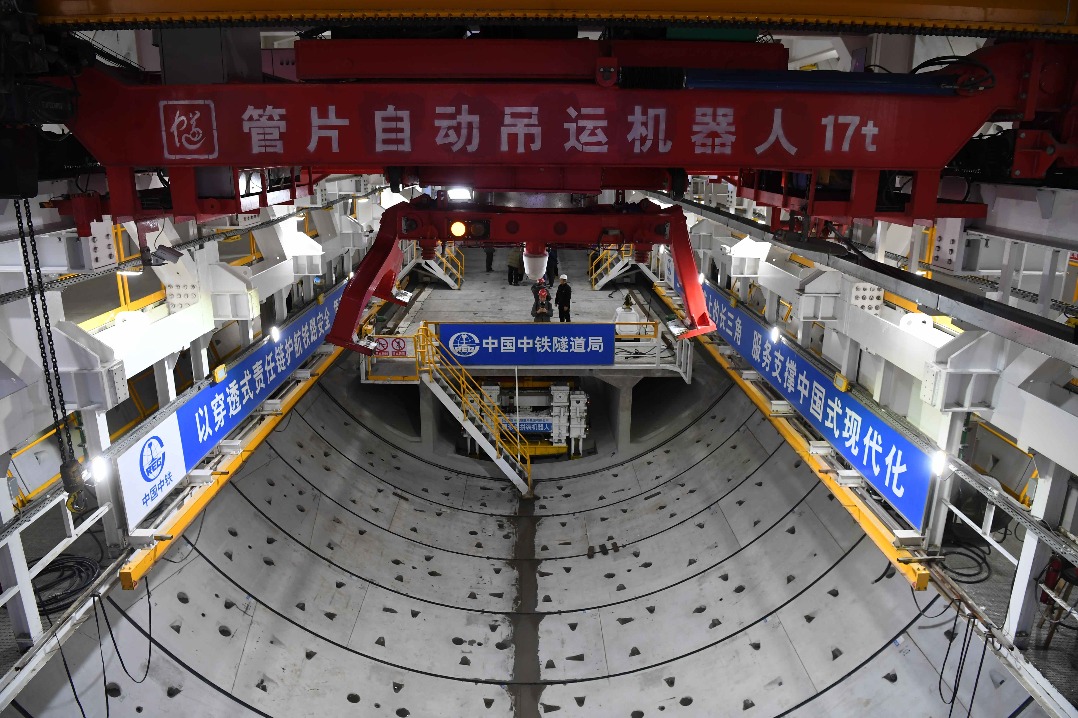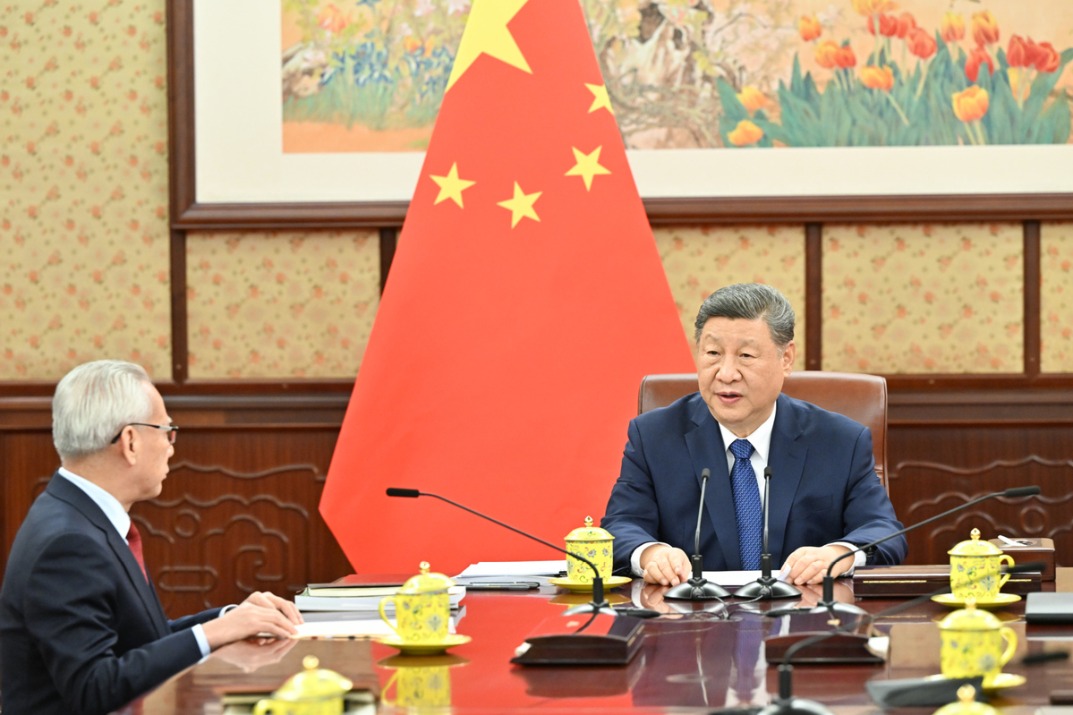The legendary journey of the seeds

In April, Sanya, China's southernmost Hainan province is entering summer with the temperature hits 30 C. At the busiest season for maize breeding in Hainan, agricultural researchers brave the high temperature in every breeding bases on the island.
Maize breeding in Hainan refers to a method of breeding and selection of breeding materials for summer crops such as rice, corn and cotton. After the crops are harvested locally in autumn, they are then taken to the subtropical or tropical regions in China in winter, particularly in Hainan. The method helps to achieve a breeding of two or three generations per year.
While the breeding process is accelerated, the breeding period is thus shortened, and the disease resistance of the breeding materials and their response to moisture and light can be identified, so that their competitiveness can be improved.
Researchers make use of the unique climatic condition and biological resources that can meet the crop cycle growth and reproduction in winter and spring in Hainan to realize crop variety selection and breeding as well as adaptation observation, seed identification evaluation, expansion and production.
It is reported that more than 700 agricultural research institutions and thousands of scientific researchers across 29 provinces, autonomous regions and municipalities "migrate" to Hainan every year. The maize breeding method was initiated by researchers from Hunan province when academician Yuan Longping started his research on hybrid rice in 1968.
In November 1970, Li Bihu, one of Yuan's assistants, discovered a wild sterile plant near a ditch in Nanhong farm in Sanya (Yuanya county formerly), which laid the foundation for the success of hybrid rice research.
At 7:30 on April 7, rice experts wearing straw hats and carrying bags went to the fields for the testing at the Sanya Maize Breeding Experimental Base of Hunan Hybrid Rice Research Center.
"Now it is the heading period for the rice. The short flowering period is critical for hybridization and breeding of new varieties. Thousands of hybrid rice combinations must be made within a few days. Head cutting, detasseling, selection, pollination, bagging ... the artificial selection of hybrid rice works in exactly the same way as a surgery," says Li Jianwu, an expert in rice cultivation. "A mature rice variety has to undergo a breeding selection experiment that takes at least eight to nine months, and the planting is promoted after 10 generations of reproduction. Each breed is cultivated as if raising a child."
"In the old days it was a hassle to travel from Hunan to Hainan province. You have to take a train from Changsha to Zhanjiang, Guangdong province first, then take a boat to Haikou, the capital of Hainan; from there you have to travel by car to reach Sanya, and then take a tractor to get to the farm. It took a week for the entire journey," says Chen Qiuxiang, an expert at the Sanya Maize Breeding Experimental Base of the Hunan Hybrid Rice Research Center.
All the details are fresh in her memory. In 1975, she followed academician Yuan Longping to the base for breeding. She spent 46 years in the field, and she had never celebrated Spring Festival back at home. Although she is 66 years old, she still chooses to stay in the base to contribute her wisdom and strength. Decades of hard work by scientific researchers have not only created China's agricultural innovation, but also played a pivotal role in promoting the country's food security.
At present, there are 48 institutions in Hunan province that carry out the maize breeding work all year round, with about 500 permanent scientific research and production personnel, and more than 1,500 staff at the peak.
The scientific research breeding area of rice, pepper, corn, ramie, etc is about 223 hectares, and the annual seed production area is 3,333 to 8,000 hectares. It provides Hunan province with more than 7.5 million kilograms of emergency seeds, ensuring the safety of grain use for the province.




Today's Top News
- Crossing a milestone in the journey called Sinology
- China-Russia media forum held in Beijing
- Where mobility will drive China and the West
- HK community strongly supports Lai's conviction
- Japan paying high price for PM's rhetoric
- Japan's move to mislead public firmly opposed






























